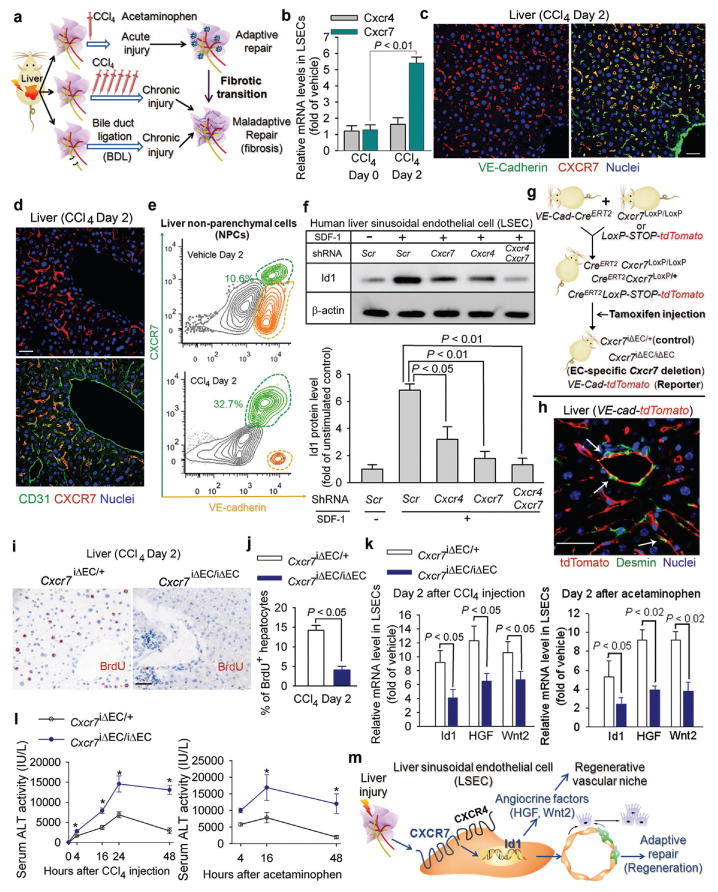Figure 1. After acute liver injury, upregulation of stromal derived factor (SDF)-1 receptor CXCR7 in liversinusoidal endothelial cells (LSECs) elicits angiocrine-mediated regeneration.

a) Liver injury models for studying the maladaptive transition of pro-regenerative LSEC function to a pro-fibrotic vascular niche.
b-e) CXCR7 is specifically upregulated on VE-cadherin+CD31+LSECs after acute chemical injury. After injection of carbon tetrachloride(CCl4), CXCR7 and CXCR4 were determined in isolated LSECs (b), liver sections (c, d), and non-parenchymal cells (NPCs) (e). CXCR7 was expressed on LSECs but not large vessels;N=5. Scale bar = 50 μm in Figure 1, all data hereafter are presented as mean ± standard error of mean (s.e.m.).
f) SDF-1 stimulation of human LSECs upregulates inhibitor of DNA binding 1 (Id1), a transcription factor inducing production of pro-regenerative angiocrine factors9. Id1 stimulation by SDF-1 in primary human Factor VIII+ LSECs was abrogated by silencing of Cxcr4and Cxcr7 in LSECs; N=5.
g, h) Endothelial cell (EC)-specific inducible deletion ofCxcr7(Cxcr7iΔEC/iΔEC) in mice. Mice harboring loxPsites-flanked Cxcr7were crossed with mouse line with EC-specific VE-cadherinpromoter-driven CreERT2(VE-Cad-CreERT2). Specificity of VE-Cad-CreERT2 was validated in reporter mice carrying tdTomato protein following floxed stop codon. Cxcr7 deletion or tdTomato expression in ECs was induced by tamoxifen injection9.Cxcr7iΔEC/+ mice served as control. Note the specific expression of tdTomato in ECs but not desmin+stellate-like cells (h, white arrows).
i-l) Impaired liver regeneration and enhanced liver injury inCxcr7iΔEC/iΔEC mice after acute liver injury. Cell proliferation was determined by staining for BrdU incorporation (i, j). Expression of Id1 and pro-regenerative angiocrine factors, hepatocyte growth factor (HGF) and Wnt2, in LSECswas measured after CCl4 and acetaminophen administration (k), and serum alanine aminotransferase (ALT) level was assessed to determine the degree of liver injury (l); N=5.
m) CXCR7 activation in LSECs triggers Id1-mediated production of pro-regenerative angiocrine fctors. After acute liver injury, CXCR7 cooperates with CXCR4, induces pro-regenerative Id1 pathway in LSECs, and triggers angiocrine-mediated liver regeneration.
